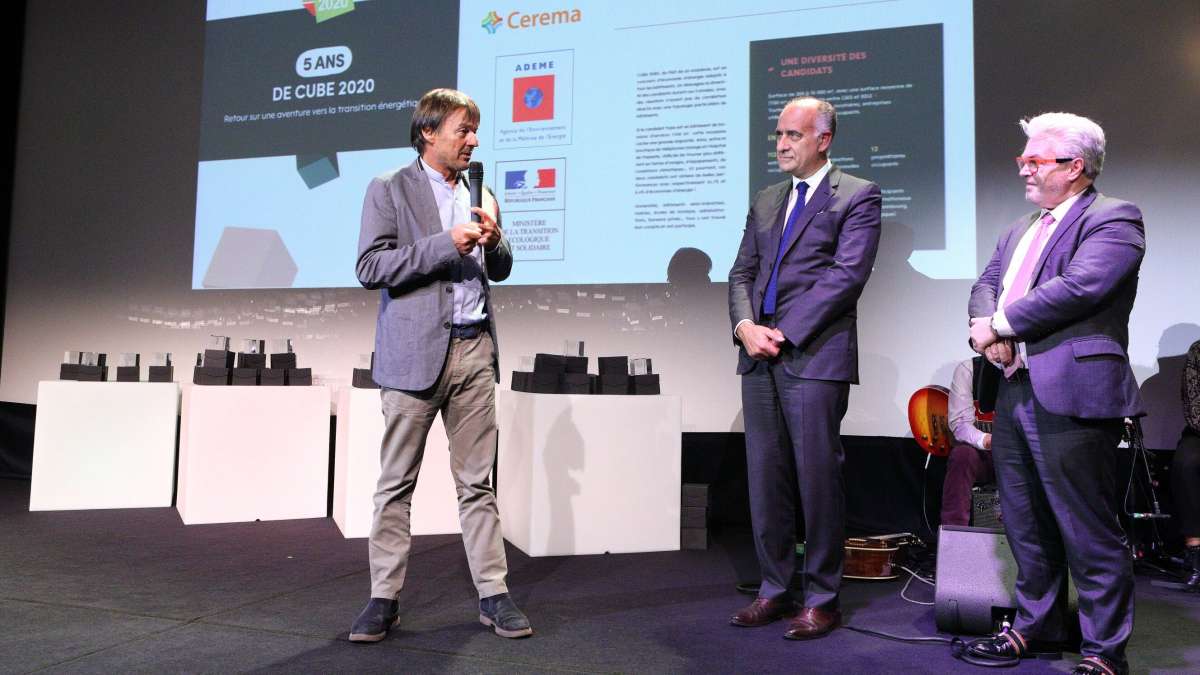
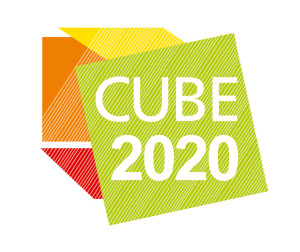
252 establishments participated, including 24 government buildings, over a period of one year (July to June). Their goal was to minimise energy consumption in their buildings, as well as carbon emissions, by means of collective actions, and by fostering a movement to monitor consumption and save as much energy as possible.
On 9 October, a ceremony to award the prizes to the winners of the Cube 2020 and Cube S competition (for middle schools and high schools) was held in the presence of Nicolas Hulot, formerly Minister for the Environment.
Cube 2020: awards ceremony for the 4th edition
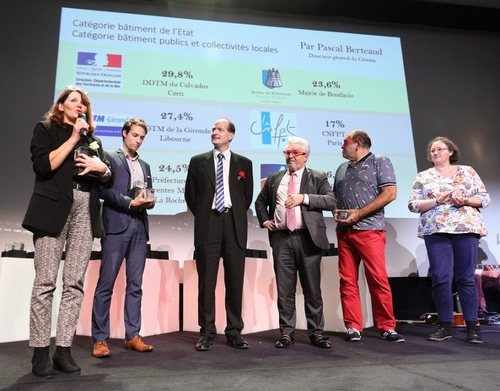
The winners this year are Orange (57% reduction in energy consumption in the 15th arrondissement of Paris and 70% reduction in greenhouse gas emissions), the French post office (-35% at Clamart), RATP (-30% at its logistics hub), Natixis and Generali.
The results for this 4th edition of the Cube 2020 competition:
-
12% savings on average
-
More than 100 candidates achieved savings of more than 10%.
-
57.4% in one year for the winner of the general category, Orange (Place d’Alleray, Paris 15th)
-
70.9% reduction in CO2 emissions for a Post Office building in Limoges
The prizes were awarded in the presence of Nicolas Hulot, formerly the Minister for Ecology. He reminded those present that "Ecology has to be meaningful" and that "Cerema is contributing to this wonderful adventure". Pascal Berteaud, Director General of Cerema, awarded the prizes for the “government building” and “public building” categories.
Cerema’s Strasbourg laboratory also competed, and was awarded a bronze cube in the “Semi-industrial buildings” category, for having reduced its consumption by 25%. The Cerema headquarters for the “Hauts-de-France” region also competed.
Cerema supported a dozen or so government candidates in this competition, concerning technical subjects and uses:
-
on site support such as technical audits and metrology (temperature/hygrometry), to improve understanding of energy consumption and pinpoint areas requiring action to improve the functioning of installations in the building, optimise boiler room settings, etc.so as to achieve savings and make the building more comfortable.
-
support in the form of advice (either on site or by phone or video call) concerning implementation of their project, and how to involve building occupants (organisation of awareness-raising events, demonstration of measurement devices, etc.).
Handover of the book entitled "5 ans de Cube 2020” (5 years of Cube 2020) describing the best practices derived from the competition.
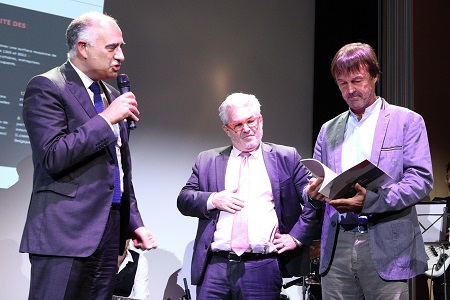
Nicolas Hulot, patron of this fourth edition, was given the guide entitled "5 ans de Cube 2020 : retour sur une aventure vers la transition énergétique” (5 years of Cube 2020: looking back at a journey towards energy transition) from Pascal Berteaud and Laurent Morel President of the IFPEB, which he had asked for when he was Minister for the Environment.
It was created in order to capitalise on the best practices identified over the first five years of Cube 2020, and was compiled by Cerema and IFPEB, in partnership with Ademe and the Ministry for the Environment.
The first part of the guide is devoted to lessons learned from the Cube 2020 experience, while the second part describes the detailed feedback from a dozen candidates, including Cerema Regions and Cities, which was awarded a prize at the 2018 edition, for having achieved energy savings of more than 23%.
It presents the competition and above all the issues at stake. It also looks at the success factors on the technical and human levels. The guide also focuses on the beneficial effects of this kind of approach, in addition to the reduction in energy consumption and CO2 emissions, and opens up possibilities for what happens after the competition, to organise long-term actions.
Cube S, the challenge for middle schools and high schools
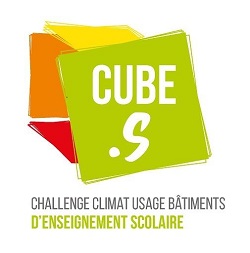
The Cube S challenge targets middle schools and high schools, representing substantial assets for the Departmental and Regional Councils. Private education is also included.
The aim of this challenge is to involve all the occupants of these buildings in actions to reduce energy consumption and greenhouse gas emissions. The challenge was launched in 2018, and has already proven its value. It has strengthened the links between schools and the local authorities who own and run them, and has created momentum between the different stakeholders (technical services, teachers, pupils, parents and citizens).
This challenge is co-managed by Cerema and IFPEB and supported by different partners, including the Ministries for education and the environment. In the same way as Cube 2020, during the first year Cube S functions in competition mode. The difference is that the actions are monitored for 5 years, with prizes awarded every year. Participating local authorities and schools undertake to carry out actions for a 5 year period, whether it’s for operation and maintenance, use, education or repairs, in order to improve the buildings’ energy performance.
In concrete terms, the challenge enables candidates to calculate and track energy savings and reductions in greenhouse gas emissions, and to benefit from support provided free of charge by Cerema, comprising:
-
Tools: one kit for each school, comprising measurement equipment, guides, communication materials as well as a collaborative application, and ambassador kits so the children can disseminate the project into their families, comprising a foam marker, stickers, a cartoon strip book, a flow meter, etc. ;
-
Training (remote and on site);
-
Assistance with their projects: network meetings so they can communicate with other candidates in their local area about the actions they have set up. For some schools, assistance is provided to integrate the challenge into the school curriculum, etc.

In 2018, Cube.S was designated prizewinner of an energy saving certificates programme (CEE). Cerema plays a key role in this scheme, because it is present throughout France, it has expertise to create links between technical aspects and uses, and is familiar with how local authorities function and their requirements.

